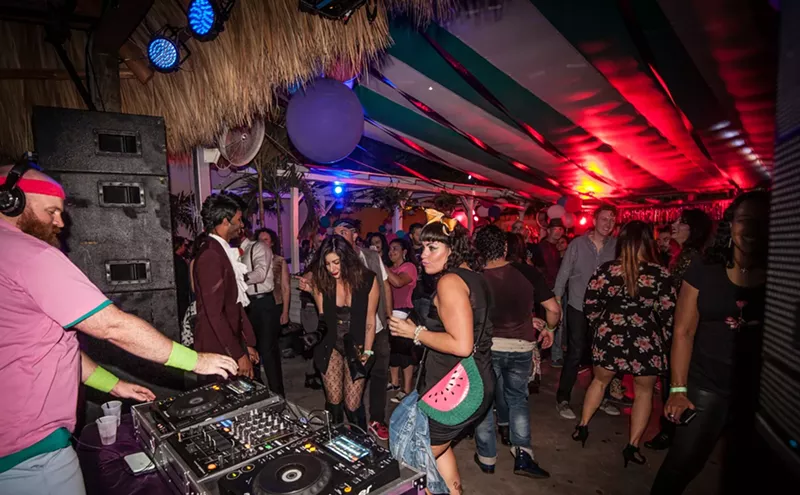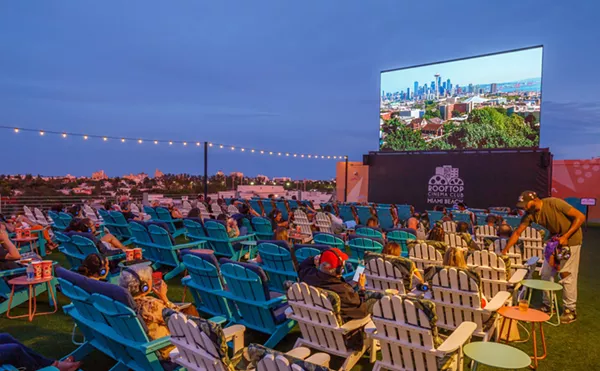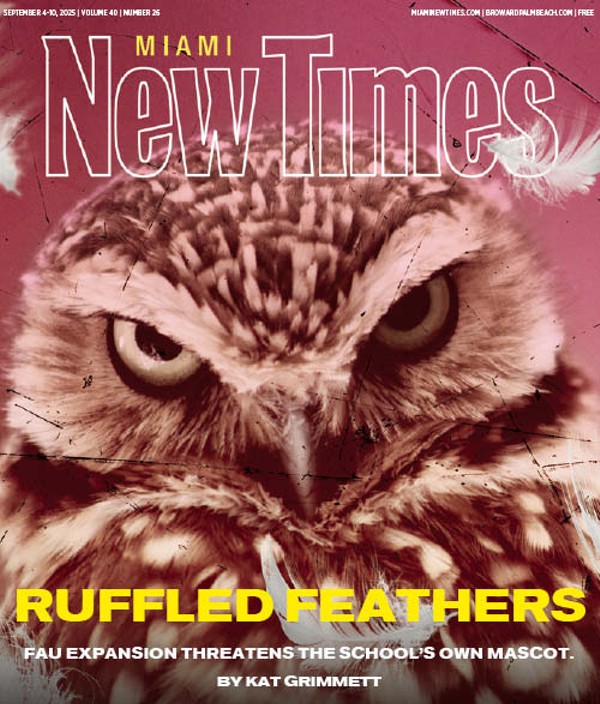One way to do this is by traveling. Kol Solthon and N.B. Dash, the artists/partners currently showing in two separate exhibits at Ingalls & Associates, have discovered how to make art during their travels, with no studio in sight. And it has worked to their advantage. The two shows here are stylistically disparate, but both stem from a very lucid desire to see the world anew, or as Marcel Proust put it: "The real voyage of discovery consists not in seeing new landscapes, but in having new eyes."
Regarding the merits of travel, Solthon adds, "You find an older part of yourself that can communicate anywhere and that can adapt to anything. Something very empowering happens -- your fear disappears."
Solthon's most intriguing idiosyncrasy is the manner in which he interprets the places he's visited -- with gestural movements, each specific to a location, usually performed daily as an impetus to creativity. At the Ingalls show don't hesitate to peek inside his Shelter, a gray, tentlike tarpaulin with a DVD player on the floor. On the small screen a tiny, silhouetted figure (the artist) executes obscure movements in a variety of landscapes around White Sands, New Mexico. In one scene, he evokes a Native American warrior dancing in slow motion at sundown; in another his figure, filmed at great distance, resembles a four-legged animal trotting across mountainous terrain.
The irony here is that the tent, while signifying the most rudimentary form of housing (a structure that can be carried anywhere and which becomes a nomadic home base to which the artist returns after using the outside world as a studio), "encloses" the creative action of the DVD player. Nonetheless this allows the viewer to become part of the work, a kind of doppelganger sitting in the tent, watching the figure moving far away outside. Solthon conceals his identity from the viewer (the emphasis is on the movement, not the figure), but at the same time he may be exploring his individuality while gathering inspiration from the desert surroundings.
Solthon's work is mystical and very self-aware, though some of the more conceptual pieces are less affecting, such as a plain ink outline of a transfigured continent shaped by the roads he's traveled. But Solthon hits hard with After Dark, a site-specific mural in the gallery's outdoor courtyard. The courtyard wall serves as a charcoal-blue background into which forms have been scratched, exposing the wall's original gray hue. A first impression suggests lightning bolts shooting down through a flock of birds (crows?), but in fact there is also another image (you'll have to see it to discern what it is). Solthon is interested in aspects of phenomenology -- a subjective reality in which each individual perceives the world independent of every other individual.
Born in Miami Beach and now based in New York, N.B. Dash also travels the globe extensively, creating art wherever she may be and giving new meaning to the idea that art is "transportable." In her pockets, Dash carries small pieces of white cotton fabric. While traveling she rubs the fabric between her fingers, gradually wearing down the weave. (It's a skill she's honed since her wee years tearing up her baby blanket.) She usually kneads the fabric while in social situations or public places, almost instinctively. Similar to Solthon's "movements," the fabric pieces become associated with specific locales she has visited.
For "The Last of Their Kind," an ongoing project, Dash photographs the distressed cotton pieces individually on white or black backgrounds, where they appear as odd lab specimens or numinous, otherworldly creatures. The most remarkable works are those on the dark backgrounds. Her Windows series -- small and intimate -- are shot to emphasize depth of field; the figures seem to be floating in space, and we feel as though we're intruding by viewing them. The forms in the Portraits series bring to mind dragons, sea horses, or other exotic organisms; looking at them is like taking a Rorschach test -- different people see different things.
In "Human Condition," Les Christensen's show at the Bernice Steinbaum Gallery, the artist also attempts to open our eyes, inviting us to look at humdrum, everyday objects in a different light. Infusing the ordinary with added value or meaning isn't anything new in art (see, among many other examples, Clive Barker's chrome-covered pieces), but Christensen's sculptures are so minutely and obsessively crafted they deserve special attention. ("Human Condition" is being exhibited with John Salvest's "Fly" and Deborah Willis's "The Places in Which We Pray Are Made Sacred by Our Presence.")
Glass, toothpicks, women's shoe heels, copper tacks, and silverware are used in these works, though always within their own particular groupings and in impeccable arrangements. Most striking are the spoons, knives, and forks, each beautifully assembled in the style of an angel's powerful wings. The name of this series, Flight from Servitude, clearly connotes emancipation from confining gender roles, especially traditional domesticity.
On the other side of the gallery, Christensen displays two large shields made from women's heels formed into circular patterns (100 Maidens and 100 Widows). As absorbing as they may be, the wings are truly stunning in their design, gleaming and forceful -- a good enough reason alone to see this show.
"New Work" and "The Last of Their Kind"
Works by Kol Solthon and N.B. Dash. Through February 26. Ingalls & Associates, 125 NW 23rd St, Miami; 305-573-6263.
"Human Condition"
Through February 19. Bernice Steinbaum Gallery, 3550 N Miami Ave, Miami; 305-673-2700.












